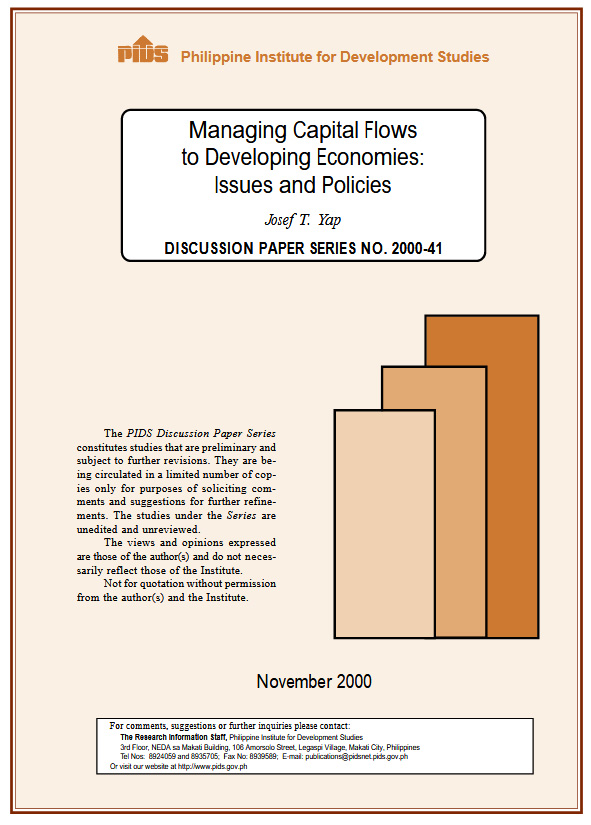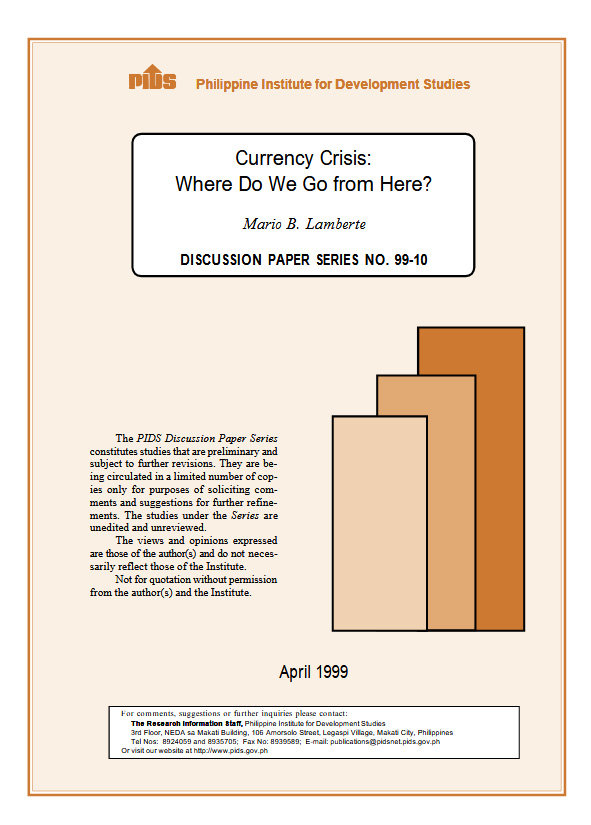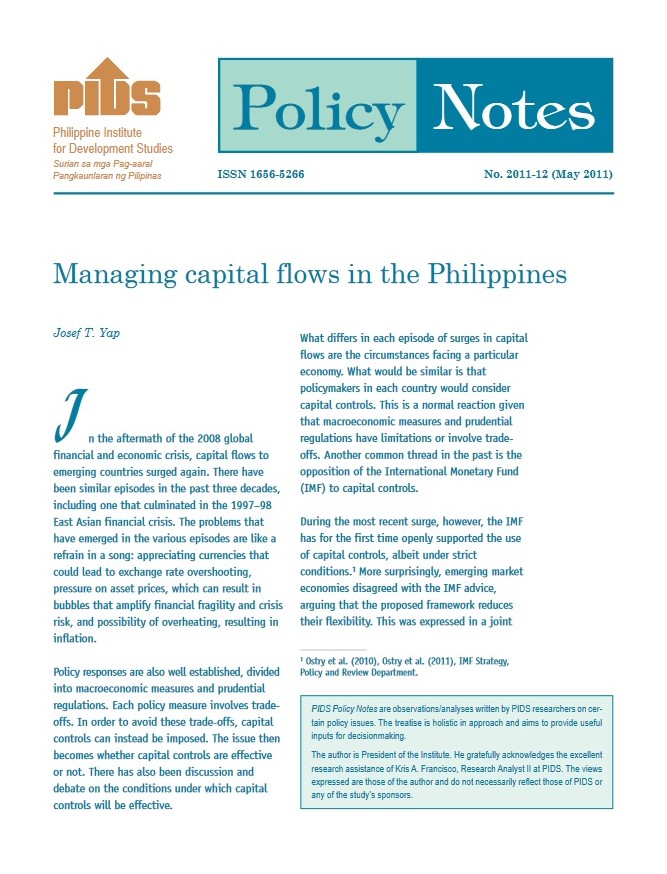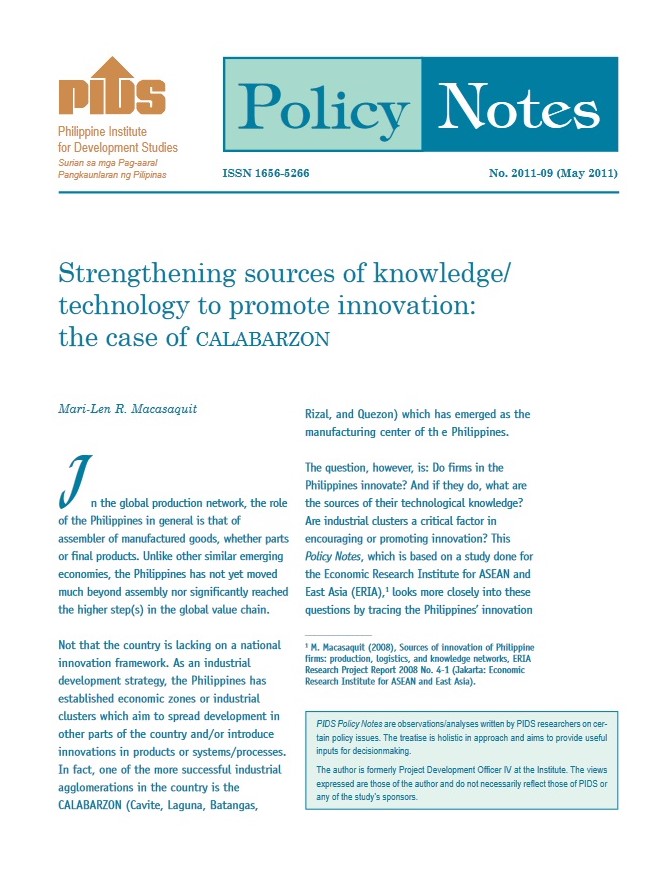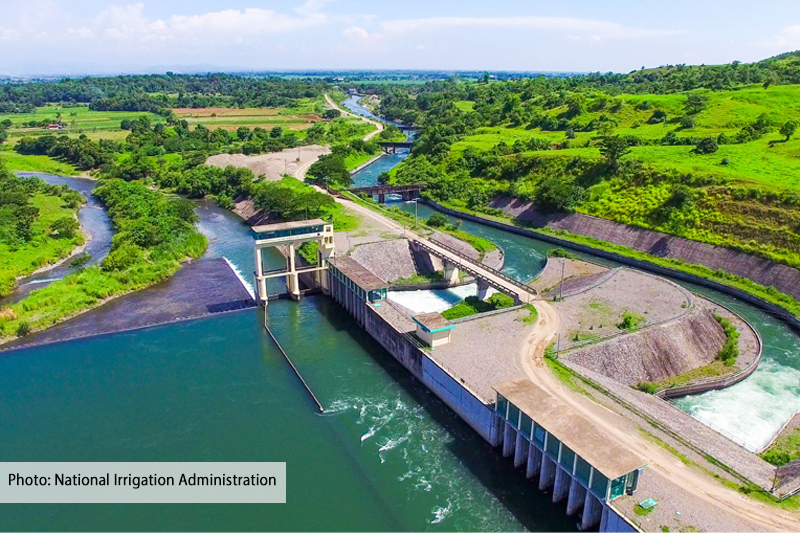The level of capital flows to developing countries had increased dramatically over the decade prior to the 1997 Asian financial crisis. In terms of composition, private capital flows dominated official flows beginning in 1992. The surge in private capital flows to emerging market economies was a reflection of the rapid expansion and integration of international capital markets that had been driven by economic policy and structural changes, and technological factors. Despite empirical evidence to the contrary, capital flows are generally considered to be beneficial to the process of economic development. Policies to manage capital flows must then be implemented in order to minimize their costs and prevent their disruptive effects. Policy options at the domestic level range from macroeconomic adjustments to microeconomic tools, which include capital controls. At the regional level, policy options for managing capital flows and economic crises include the proposed Asian Monetary Fund and the expanded ASEAN currency swap arrangement. At the international level, proposed grand schemes should give way to more incremental reforms, which revolve around modifying the role of multilateral organizations to make them more relevant (e.g. greater emphasis on the surveillance role of the IMF), improving macroeconomic policy coordination to enhance global economic stability, and increasing private-sector involvement in any debt-restructuring process.

